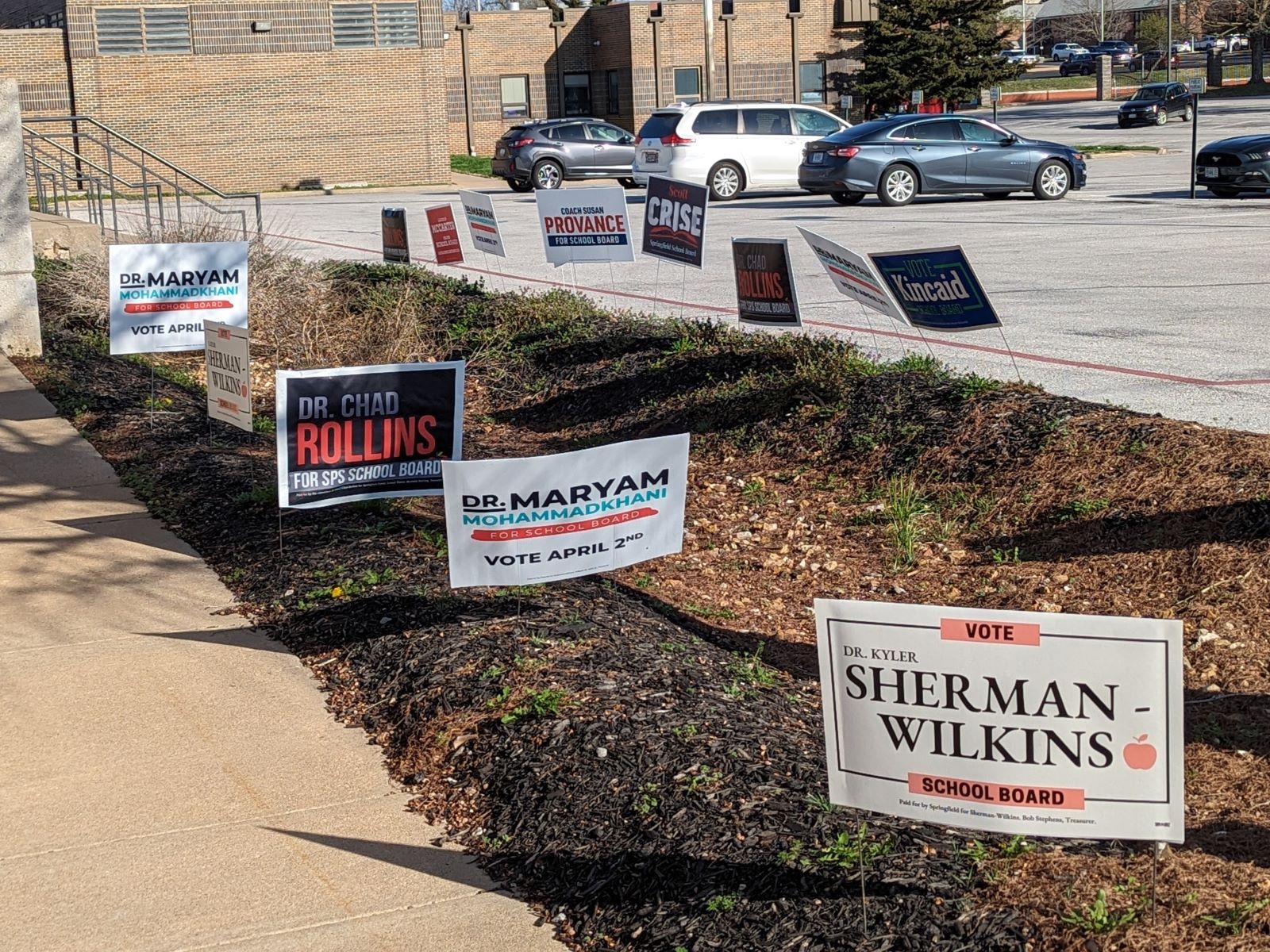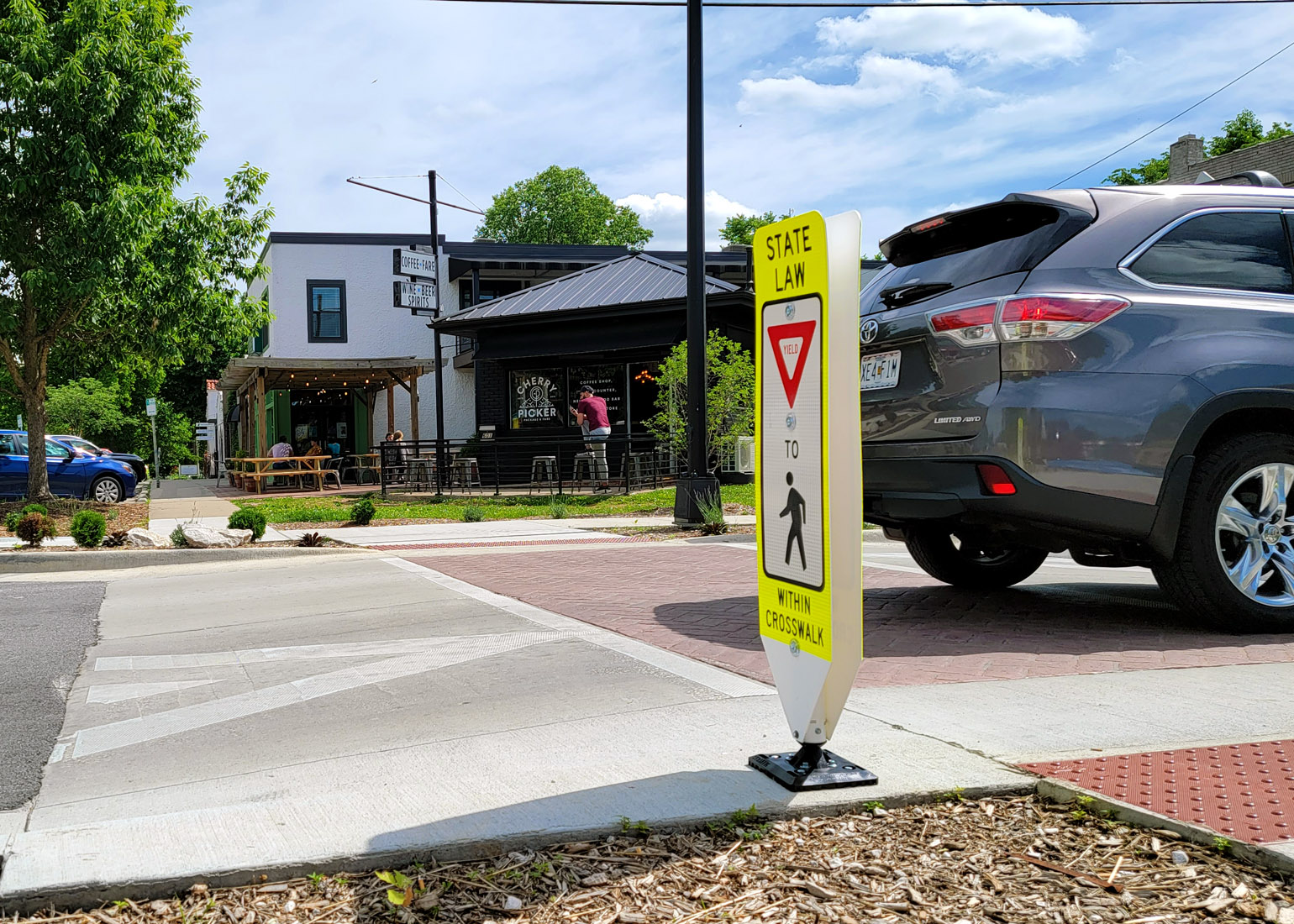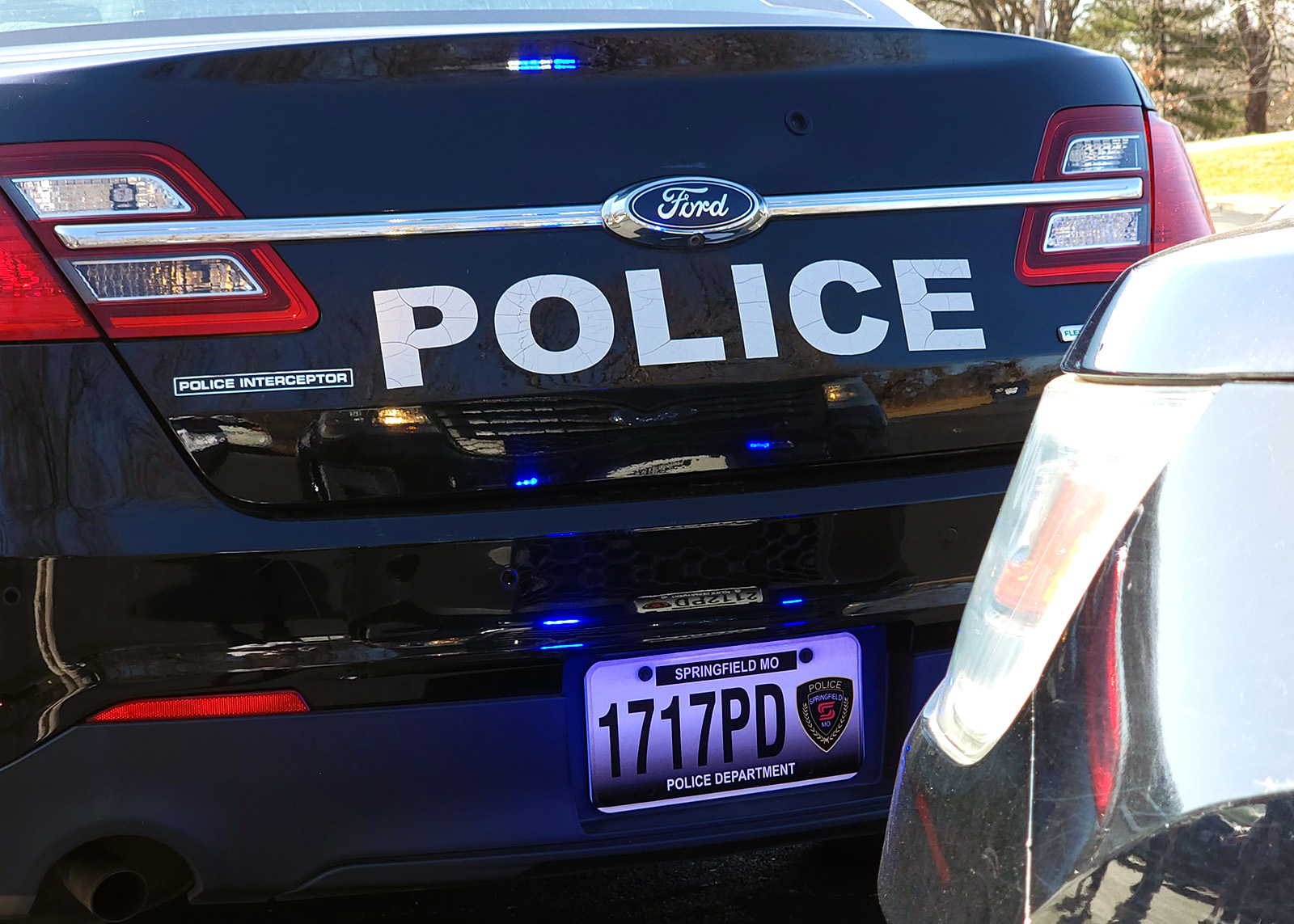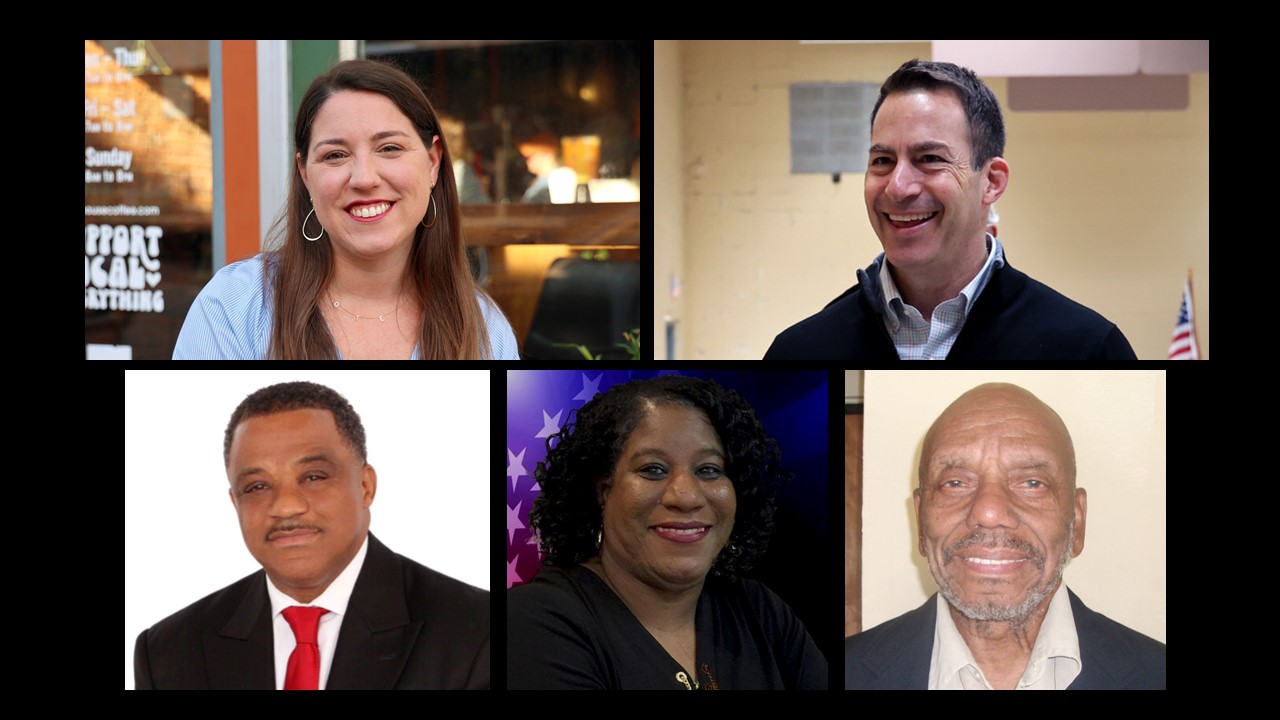OPINION |
Student African American Brotherhood, the name of an organization with more than 30 years of national success, is considered discriminatory?
Considering recent comments and questioning by some members of the board of Springfield Public Schools, let me give you some background on SAAB and the important role it plays in providing access and inclusion to children of all backgrounds — but especially students of color — and giving them an equitable chance to succeed in school and college.
SAAB has been involved in Springfield and SPS for more than 10 years. In 2012, SPS African American and Hispanic students had a huge opportunity gap compared to other students. Springfield established what is now known as the Springfield Education Network to address the issues with a grant from Lumina Foundation. The grant focused on addressing barriers to educational opportunities for African American and Hispanic 11th and 12th grade students.
A requirement of the grant was to disaggregate data on subjects like attendance, academic achievement and graduation rates by race/ethnicity and share the information publicly. The data was shared with the Impacting Poverty Commission because opportunity gap data for students almost aligned with the high poverty rate for the same two populations of adults.
Under the leadership of President Clif Smart, Missouri State University was the first entity to publicly share the disaggregated data for on-time graduation from MSU for the same two population groups, as well as for those students who were first in their family to attend college.
COLUMN CONTINUES BELOW
Goal is closing opportunity gap
Under his leadership, MSU developed a long-range plan with goals for all groups to close the opportunity gap by changing policies and practices. President Smart recognized the need for a program focused on mentoring for African American men based on the data. In my role as Executive Director for Multicultural Programs at MSU, I researched successful national programs, and was introduced to Dr. Tyrone Bledsoe (SAAB Founder and CEO).
I shared the opportunity gap data for students of color from SPS and local colleges. Dr. Bledsoe researched the demographics of Springfield and could not understand why leadership in the community would support a SAAB program with the African American and Hispanic population less than 10 percent. He flew to Springfield to meet community leaders. We agreed to establish the first ever “citywide” Brother 2 Brother chapter. We used this name to demonstrate inclusiveness, understanding Springfield’s demographics.
We established a high school chapter and a college chapter. However, transportation to meetings was an issue so only a few high school students were able to participate. We even had a female member for a few meetings. Annual accomplishment reports were celebrated with a scholarship fund for the members.
Students get individual development plans and a boost from mentors
The main component of the program was the creation of individual development plans for each student with academic and personal goals discussed regularly with a pool of mentors. I started the program while employed at MSU and continued to oversee the program when I started working at Community Partnership of the Ozarks. Janet Dankert, CPO’s CEO/President, adopted the program and B2B had a home.
Most of the members were from MSU, which kept MSU’s involvement in the program and MSU provided some funding for the program. Other community leaders donated funds for the members to purchase suits. Students attended the annual SAAB conferences and interacted with Dr. Bledsoe on a regular basis.
In 2015, SPS released a student assessment report with data that clearly demonstrated opportunity gaps for students of color. SPS used the data to create programs specific to the cultural/ethnic needs of the students, which helped.
Data from this assessment led to the creation of a SPS Diversity Task Force. By 2018, several community assessments, reports and other data reflected the need for a more structured, intense programming with a systematic approach to prepare students for success from SPS with pathways to careers and college.
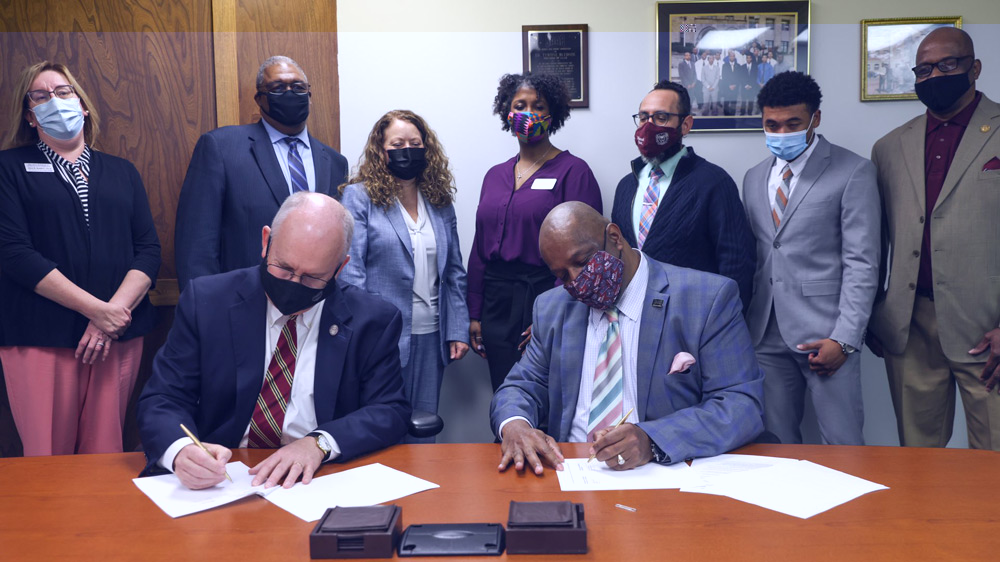
Key community leaders and decision makers saw how the lives were changed for the young men in the Bridge Springfield: B2B program. By 2019, the same leaders worked with Dr. Bledsoe to move the SAAB headquarters to Springfield.
SAAB has had great success in its first year in Springfield with a focus on college students and the second year with high school students.
Contrary to notions this program is discriminatory, the SAAB program is intentionally inclusive.
Whether it is a child with a disability, a child from a rural area, or a child of color, approaches that work based on the child’s needs have a better chance for success because their story is our story.



